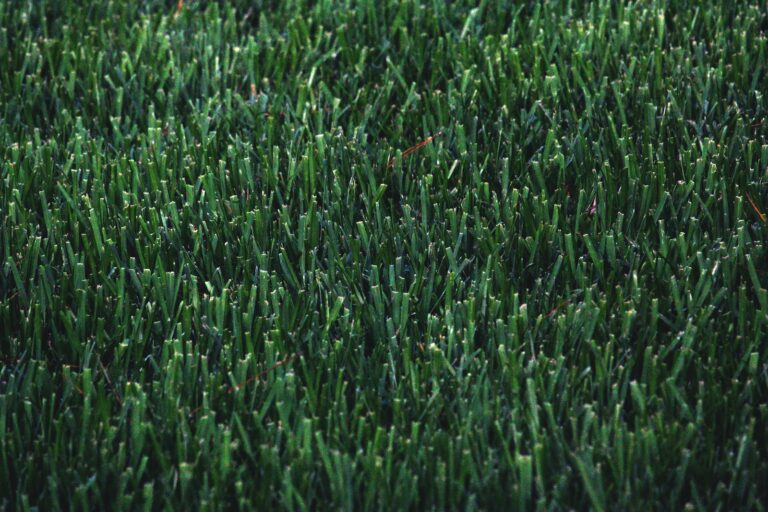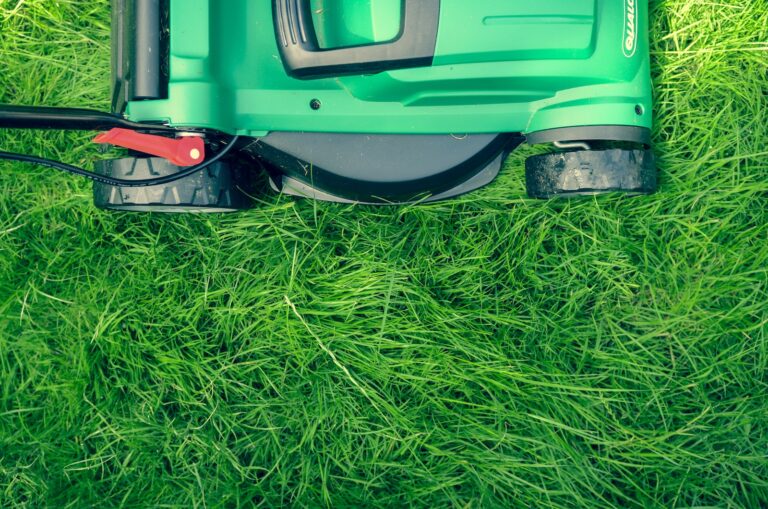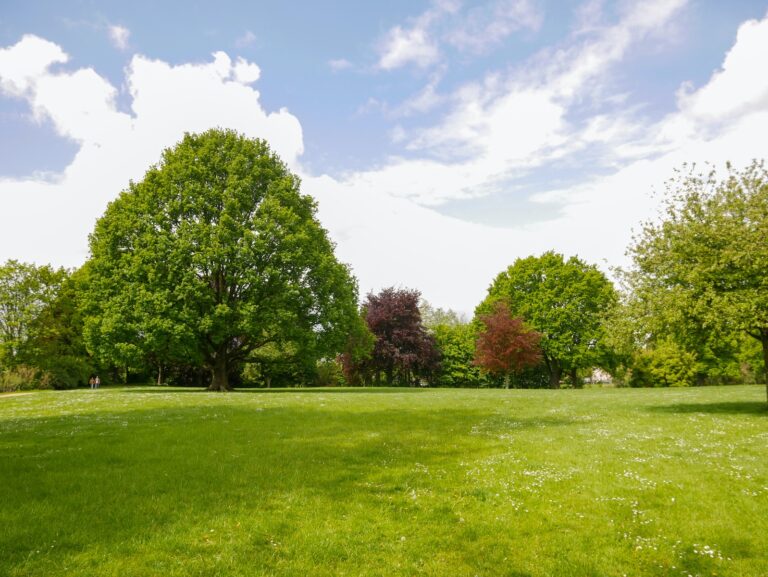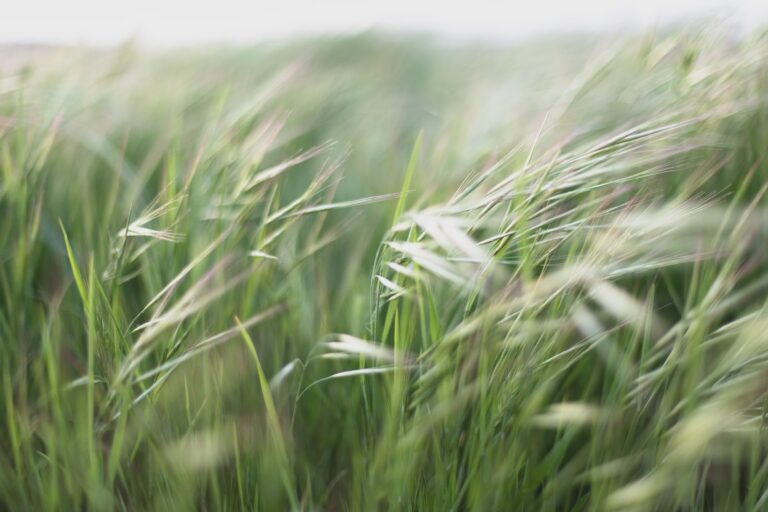How to prevent weeds from growing in your lawn?

Are pesky weeds taking over your once beautiful lawn? Don’t let them win! It’s time to take back control and learn how to prevent them from growing in the first place. We all know that pulling weeds can be a never-ending task, but with a few simple tips and tricks, you can keep your lawn weed-free all season long.
In this post, we’ll share some expert advice on how to stop those stubborn plants from ruining your outdoor space. So grab your gardening gloves and let’s get started!
Advantages of a Weed-Free Lawn

A weed-free lawn has many advantages. First, it is much more attractive than a lawn with weeds. A well-maintained lawn adds to the curb appeal of your home and can increase its value. Second, a weed-free lawn is safer for your family and pets.
Weeds can harbor harmful insects and diseases that can harm people and animals. Third, a weed-free lawn is easier to care for. Weeds compete with your grass for water and nutrients, so getting rid of them can save you time and money on your lawn care regimen.
Finally, a weed-free lawn can help improve the quality of your soil. Weeds tend to have shallow root systems that don’t help aerate or improve the quality of the soil in your lawn.
Tips for Keeping Weeds Away
Weeds are unwanted plants that compete with your lawn grass for space, water, and nutrients. They can also harbor disease and pests that can harm your lawn. Here are some tips for keeping weeds away:
- Mow high. Tall grass provides shade that inhibits weed growth. Mowing at the recommended height for your lawn breed will also help keep weeds from taking over.
- Fertilize regularly. A healthy lawn is less likely to be overtaken by weeds. Be sure to fertilize according to the manufacturer’s directions and schedule.
- Water deeply and infrequently. This encourages strong root growth, which helps crowd out weeds. Water early in the day so the grass has time to dry before nightfall, when fungal diseases can set in.
- Pull weeds by hand or with a hoe as soon as you see them pop up. Don’t let them go to seed, or you’ll have an even bigger problem on your hands next season!
- Use a pre-emergent weed killer. These products are applied in early spring, before weed seeds have a chance to germinate, and will keep them from coming up all season.
- Aerate your lawn every 1-2 years to remove compacted soil and reduce thatch buildup. This will help create the ideal environment for the grass plants in your lawn to thrive and outcompete weeds.
Natural Home Remedies for Preventing Weeds
Weeds are a common problem in lawns, and they can be difficult to control. There are a number of natural home remedies that you can use to prevent weeds from growing in your lawn.
One of the best ways to prevent weeds is to keep your lawn healthy. Be sure to mow your lawn regularly and remove any dead grass or leaves. This will help to prevent weeds from taking root in your lawn.
Another effective way to prevent weeds is to use mulch. Mulch helps to suppress weed growth by blocking out sunlight and preventing weed seeds from germinating. Apply a thick layer of mulch around your plants and shrubs, and be sure to replenish it as needed.
You can also use herbicides that are safe for use around children and pets. These products contain ingredients that kill weeds without harming your lawn. Be sure to follow the directions on the package, and apply the herbicide evenly over the affected area.
Pest Control and Herbicide Options
Weed prevention is key to having a healthy, green lawn. Weeds compete with your grass for water, sunlight, and nutrients, so it’s important to keep them under control. The good news is, there are plenty of effective pest control and herbicide options available to help you get the job done.
One popular option is using pre-emergent herbicides. These products work by creating a barrier on the surface of the soil that prevents weed seeds from germinating. They’re most effective when applied before weeds start to appear in your lawn.
Another option is to use post-emergent herbicides, which kill existing weeds. These products are most effective when used on young weeds that have not yet produced seeds.
For organic gardeners, there are also plenty of safe and effective options available. Vinegar and salt can be used to kill weeds, while corn gluten meal can be used as a pre-emergent herbicide. Mulching your garden beds with organic material like straw or wood chips can also help prevent weed growth.
No matter what method you choose, remember to always follow the manufacturer’s directions carefully to avoid harming your lawn or garden. With a little effort, you can easily keep weeds under control and enjoy a beautiful, healthy lawn all season long!
Strategies for Reducing Weeds Guidance
Weeding by hand is the most common form of weed control. The best time to weed is when the weeds are small and before they have a chance to flower and go to seed.
Some people choose to use herbicides, or weed killers, to control weeds. Herbicides can be effective, but they must be used carefully so that they don’t harm your lawn or other plants.
Mulching is another method of weed control. By covering the ground with mulch, you can prevent weeds from getting the sunlight they need to grow.
If you have a lot of weeds, you may want to consider hiring a professional lawn care company to help you get rid of them.
Maintaining a Weed Free Lawn with Regular Maintenance
A weed-free lawn is the key to a healthy and happy yard. By taking some preventative measures and maintaining regular lawn care, you can keep your grass looking its best all season long.
Here are some tips for preventing weeds and maintaining a weed-free lawn:
- Mow your lawn regularly. Mowing your lawn on a regular basis is one of the best ways to prevent weeds from taking over. When you mow, be sure to set the blade at least 3 inches high. This will help avoid scalping the grass, which makes it more vulnerable to weeds.
- Fertilize regularly. A well-fertilized lawn is less likely to be invaded by weeds. Be sure to use a fertilizer that’s appropriate for your grass type and apply it according to the manufacturer’s directions.
- Aerate annually. Aeration helps reduce compaction in the soil, which can make it easier for weeds to take root. It also allows water, air, and nutrients to penetrate the grassroots more easily.
- Water deeply and infrequently. shallow watering encourages shallow rooting, which makes grass more susceptible to drought and makes it easier for weeds to take over. Watering deeply and less often encourages deeper roots, making grass more drought-resistant and less hospitable to weeds.
- Apply herbicides as needed . If you do have weeds in your lawn, there are several effective herbicides available that can help get rid of them. Be sure to read the instructions on the label and apply the product carefully and safely.
By taking these steps and following a regular lawn care schedule, you’ll be on your way to having a beautiful, weed-free lawn.
Conclusion
Weeds can be an unsightly nuisance in your lawn, but thankfully with a few simple strategies you can keep them to a minimum. Regular mowing and proper watering will discourage weed growth while selectively using herbicides where necessary can help put a definitive stop to their spread. By following these helpful tips, you’ll have the beautifully manicured lawn of your dreams in no time!

James is a passionate writer and gardener with years of experience in home gardening. He is the author of several articles and blog posts on HomeGardenBlog.com, a platform where he shares his expertise and love for plants and gardening with the world.







